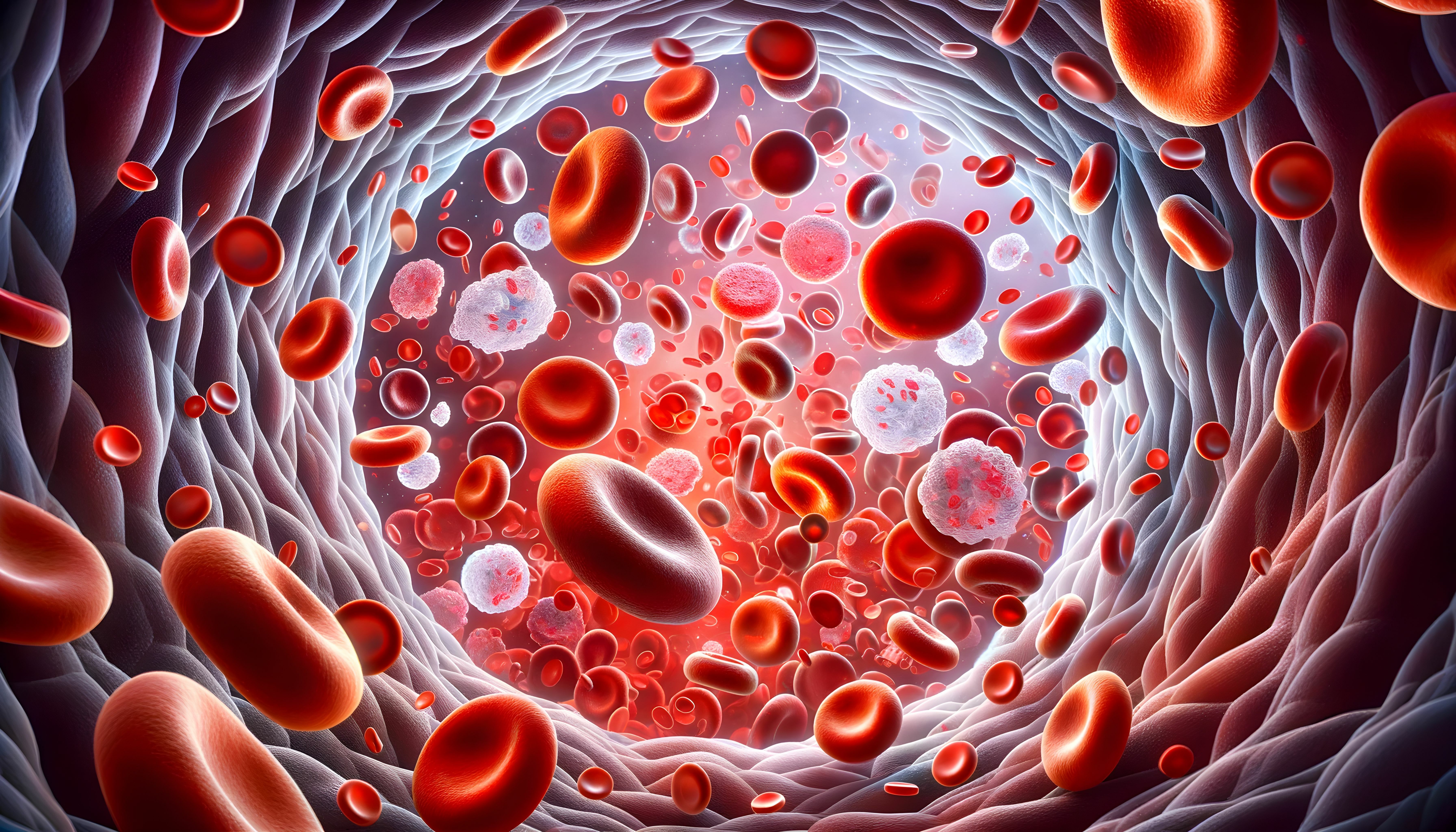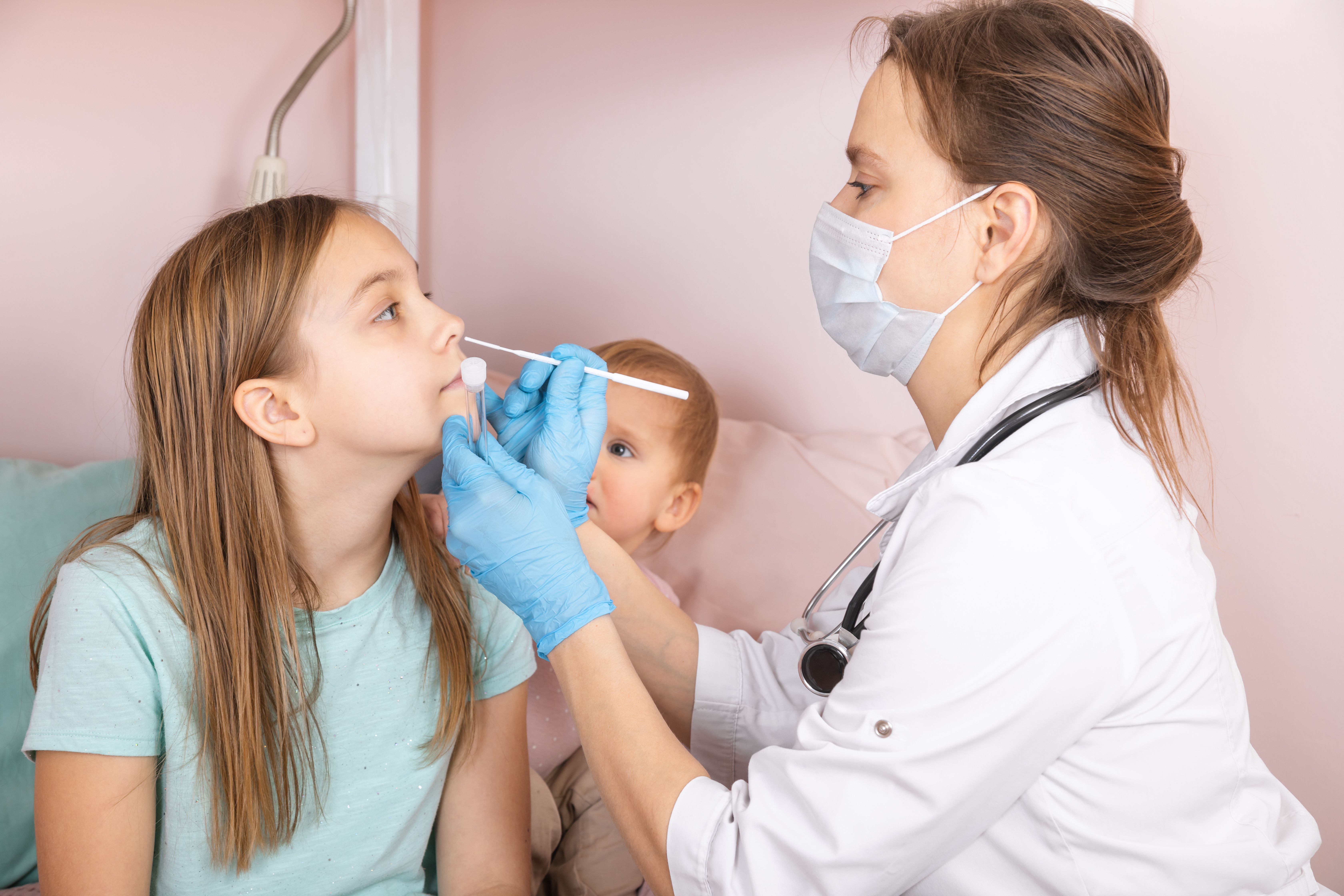Article
Mental Health Issues On the Rise Among Adolescents, Young Adults
Author(s):
Rates of mood disorders and suicide-related outcomes have increased significantly among adolescents and young adults, and the rise of social media may be to blame.
Mental health problems are on the rise among adolescents and young adults, and social media may be a driver behind the increase. According to a new study, published by the American Psychological Association, rates of mood disorders and suicide-related outcomes have increased significantly over the last decade among these age groups, impacting females and those who are wealthier, in particular.
With increases in mental health problems concentrated among adolescents and young adults, “the results suggest that cultural trends in the last 10 years may have had a larger effect on mood disorders and suicide-related outcomes among younger people compared with older people,” according to the researchers.
Drawing on the National Survey on Drug Use and Health, the researchers of the study assessed data of 212,913 adolescents aged 12 to 17 from 2005 through 2017 and 398,967 adults aged 18 and older from 2008 through 2017.
Between 2008 and 2017, the amount of adults that experienced serious psychological distress in the last month increased among most age groups, with the largest increases seen among younger adults aged 18-25 (71%). Notably, rates of serious psychological distress increased by 78% among adults aged 20-21 during the time period. Meanwhile, there was a decline among adults aged 65 and older.
These findings were consistent across other measures, with the rate of adolescents and young adults experiencing depressive symptoms in the last year increasing by 52% and 63%, respectively, while rates remained stable adults aged 26 and older.
At the same time, suicidal ideation, plans, and attempts in the last year all increased more among younger adults than among older adults. However, the researchers noted that the low base rate suggests the finding should be interpreted with caution.
Last month, a survey from Pew Research Center revealed that teens in the United States are aware of these issues, with most in the age group reporting anxiety and depression as a major problem, and one that’s more prominent than bullying, drug addiction, and poverty.
With these clear generational differences revealed, the researchers looked at different cultural trends that might have played a role.
During the time period, unemployment fell and drug and alcohol use remained stable, indicating that economic and substance abuse issues were not to blame. And while younger generations may be more likely to seek help for mental health issues, this wouldn’t account for the all of the above findings, the researchers noted.
A likely explanation could be the concurrent rise in social media, they said. In addition to being less likely to interact face-to-face, those who use social media frequently are also more likely to be involved with cyber-bullying, which has been linked to depression, self-harm, and suicidal thoughts.
“The increase in adolescent major depressive episode began after 2011, concurrent with the increased ownership of smartphones and a concomitant increase in digital media time in this age group,” explained the researchers.
Another plausible explanation could be declining sleep duration among adolescents and adults, they said.
Reference:
Twenge J, Cooper A, Joiner T, Duffy M, Binau S. Age, period, and cohort trends in mood disorder indicators and suicide-related outcomes in a nationally representative dataset, 2005-2017 [published online March 14, 2019]. J Abnorm Psychol. doi: 10.1037/abn0000410.

Navigating Sport-Related Neurospine Injuries, Surgery, and Managed Care




